Understanding the human body is essential for every biology student. The body is a complex machine, made up of various interdependent systems working together to maintain life. This comprehensive guide breaks down the major human body systems, their structures, and their functions to give you a detailed overview. Whether you’re preparing for exams or simply curious, this guide is your one-stop reference for understanding how your body works, from the cellular level to full-body coordination.
Introduction to Human Body Systems
The human body is organized into several systems, each responsible for specific functions vital to survival. These systems do not work in isolation. Instead, they constantly interact and support each other to ensure proper function.
What Are Human Body Systems?
A body system is a group of organs and tissues that work together to perform essential biological tasks. For instance, the digestive system processes food into nutrients, and the respiratory system provides oxygen. Altogether, there are 11 major systems in the human body, and understanding each one helps us appreciate how intricate and coordinated our bodies truly are.
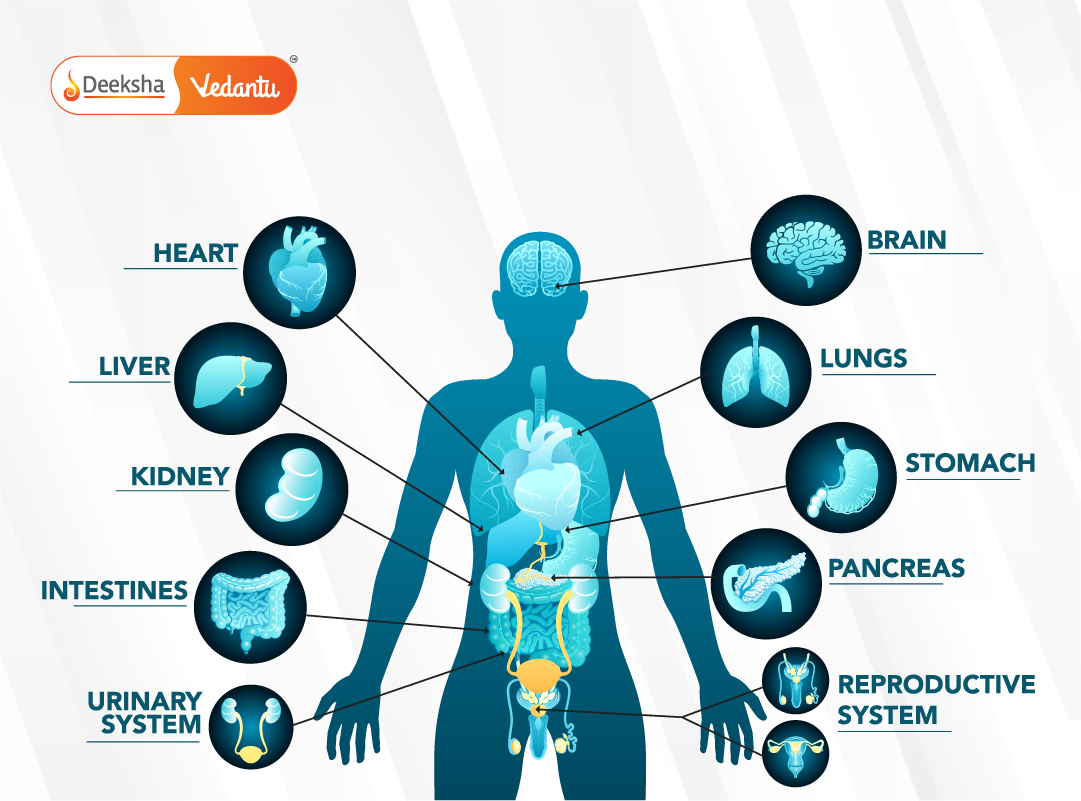
Systems of Human Body List
Here is a comprehensive list of the primary human body systems:
- Circulatory system
- Respiratory system
- Digestive system
- Nervous system
- Muscular system
- Skeletal system
- Endocrine system
- Reproductive system
- Lymphatic system
- Urinary system
- Integumentary system
Each system will now be explored in detail, with emphasis on structure, function, and real-life examples of how these systems help the human body maintain equilibrium.
Circulatory System
Overview
The circulatory system is the body’s transport network. It ensures that oxygen, nutrients, and hormones reach all body cells, while waste products are efficiently removed.
Main Components
- Heart – the muscular pump that drives blood circulation
- Blood vessels – arteries carry oxygen-rich blood away from the heart, veins bring deoxygenated blood back, and capillaries facilitate exchange at the cellular level
- Blood – a liquid tissue consisting of red and white cells, platelets, and plasma
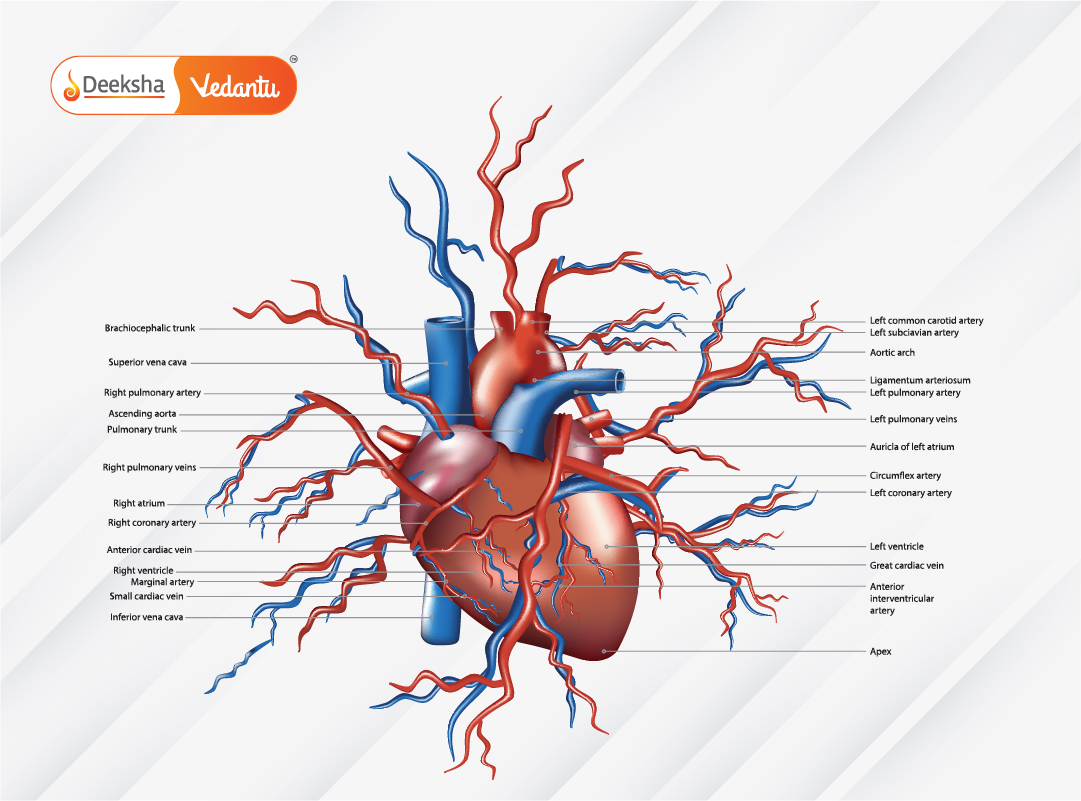 and
and
Function of Circulatory System
- Distributes oxygen and nutrients to tissues
- Removes carbon dioxide and metabolic wastes
- Transports hormones from endocrine glands
- Regulates body temperature and pH balance
- Maintains homeostasis through water and salt distribution
- Facilitates immune responses via white blood cells and antibodies
Learn more about the human heart and its structure here.
Importance in Daily Life
From physical exertion to emotional stress, the circulatory system adapts continuously to meet body demands. A healthy heart and clear arteries are essential for avoiding conditions like hypertension, stroke, or heart disease.
Respiratory System
Overview
Breathing is essential to life. The respiratory system enables oxygen to enter our bloodstream and removes carbon dioxide, a waste product of metabolism.
Main Components
- Nasal cavity and sinuses – filters, warms, and humidifies air
- Pharynx and larynx – connects nasal cavity to lungs and houses vocal cords
- Trachea – windpipe leading to lungs
- Bronchi and bronchioles – branches distributing air into lungs
- Lungs and alveoli – the site of gas exchange
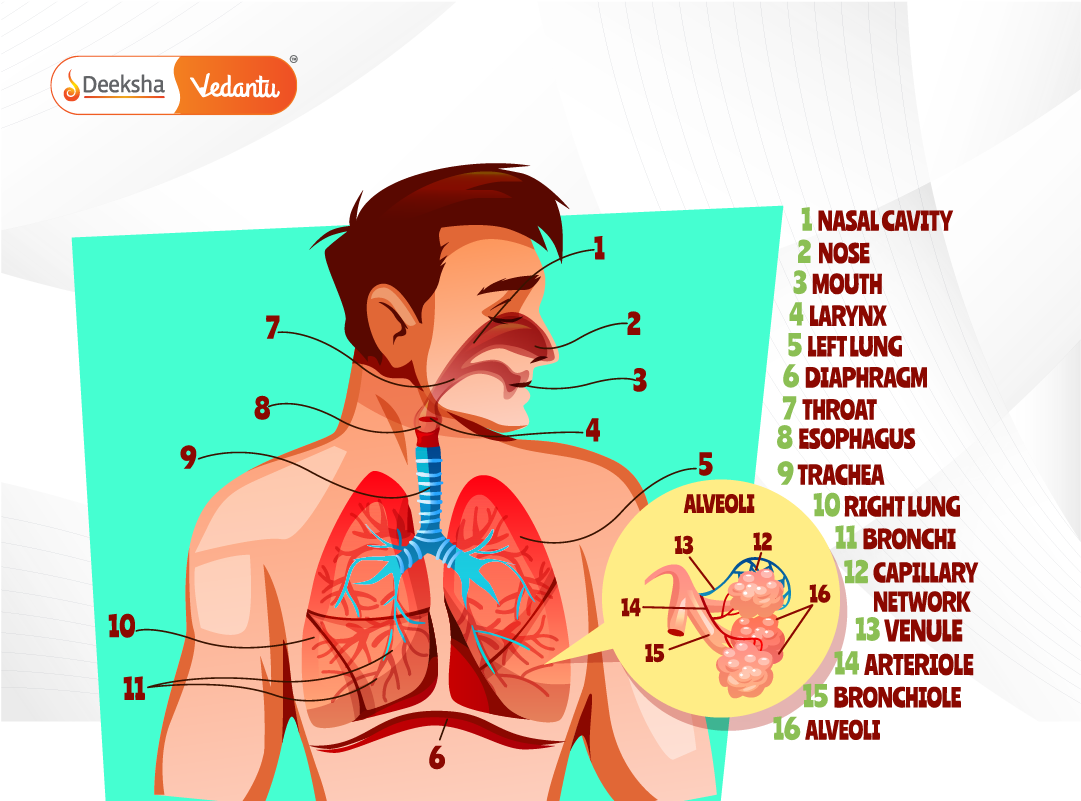
Functions
- Oxygenates blood
- Removes carbon dioxide
- Assists in sound production
- Helps maintain blood pH via CO₂ regulation
- Filters and protects lungs from foreign particles
Explore the human respiratory system in detail here.
Respiratory Health Tips
Maintaining lung health through regular aerobic exercise, avoiding pollutants, and not smoking can significantly enhance respiratory efficiency.
Digestive System
Overview
The digestive system is the body’s engine for processing food, breaking it into nutrients, and eliminating waste.
Main Components
- Mouth and salivary glands – mechanical digestion and enzyme activity begin here
- Esophagus – a muscular tube moving food to the stomach
- Stomach – churns and chemically digests food with enzymes and acid
- Small intestine – site of nutrient absorption
- Large intestine – absorbs water and forms feces
- Accessory organs – liver, pancreas, and gallbladder aid digestion
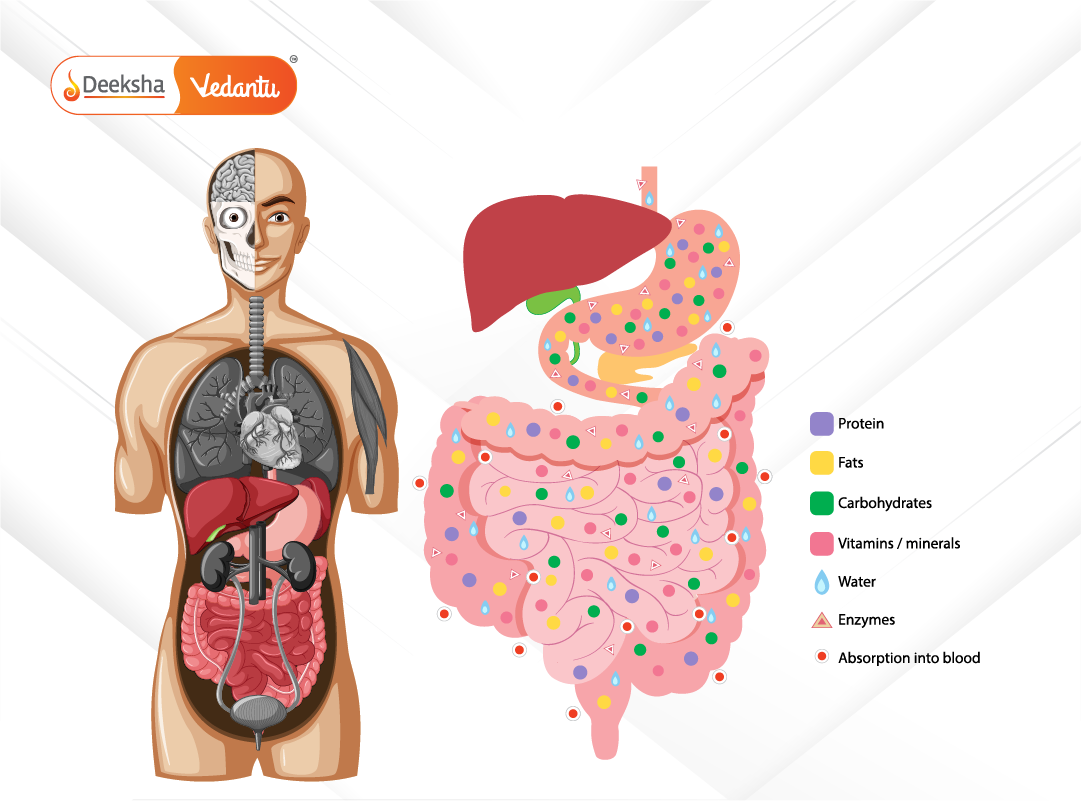
Functions
- Breaks down complex food into absorbable nutrients
- Transfers nutrients to the circulatory system
- Stores and eliminates undigested matter
- Maintains gut flora important for immunity and metabolism
Dive deeper into the human digestive system here.
Digestive and Respiratory Systems Comparison
| Feature | Digestive System | Respiratory System |
| Primary Function | Nutrient absorption | Oxygen exchange |
| Main Organs | Stomach, intestines | Lungs, trachea |
| Type of Process | Chemical and mechanical digestion | Gas exchange |
| Waste Removal | Feces | Carbon dioxide |
| Involuntary Action | Mostly | Mostly |
| Role in Energy | Provides energy via nutrients | Delivers oxygen for energy metabolism |
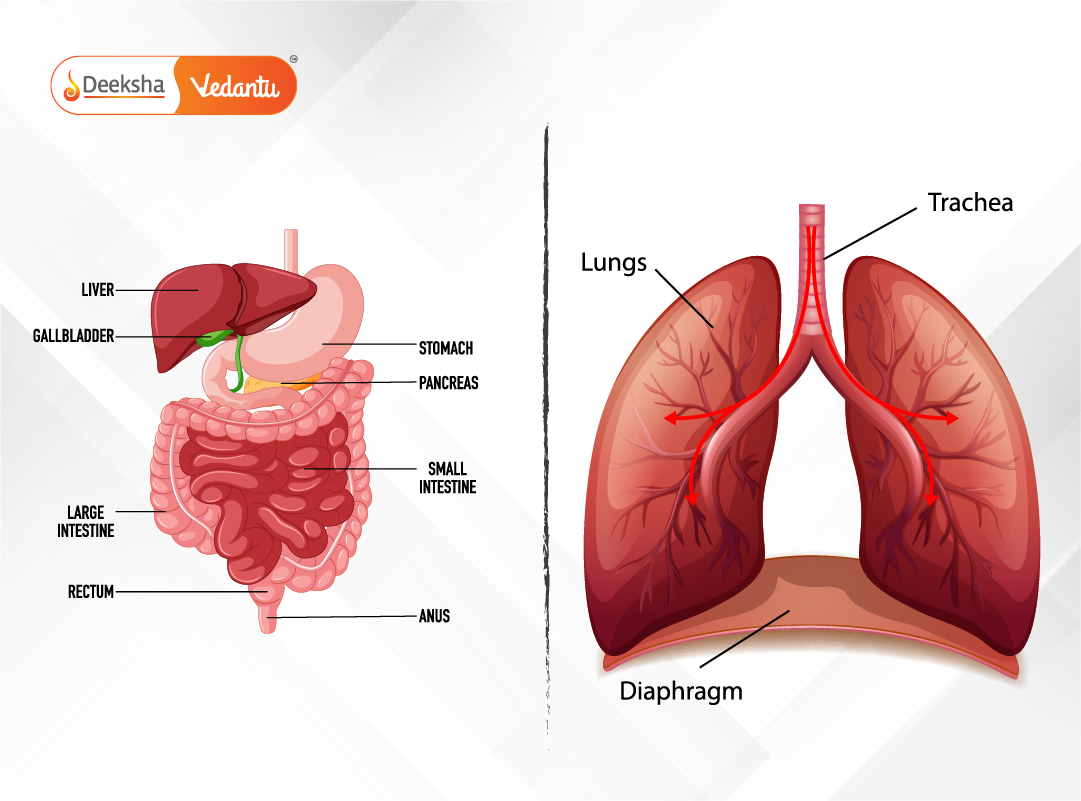
Disorders and Prevention
Digestive issues like acidity, constipation, or irritable bowel syndrome (IBS) are common but manageable with balanced diets, hydration, and fiber intake.
Nervous System
Overview
The nervous system is the body’s command center. It processes information, makes decisions, and sends signals throughout the body.
Main Components
- Brain – processes thoughts, memory, and emotions
- Spinal cord – relays signals between brain and body
- Peripheral nerves – transmit messages to limbs and organs
Functions
- Sends and receives electrical signals
- Controls voluntary and involuntary body actions
- Coordinates muscle movements and reflexes
- Allows perception through sensory input
- Regulates emotions and consciousness
Explore the control and coordination mechanisms in the body for a better understanding.
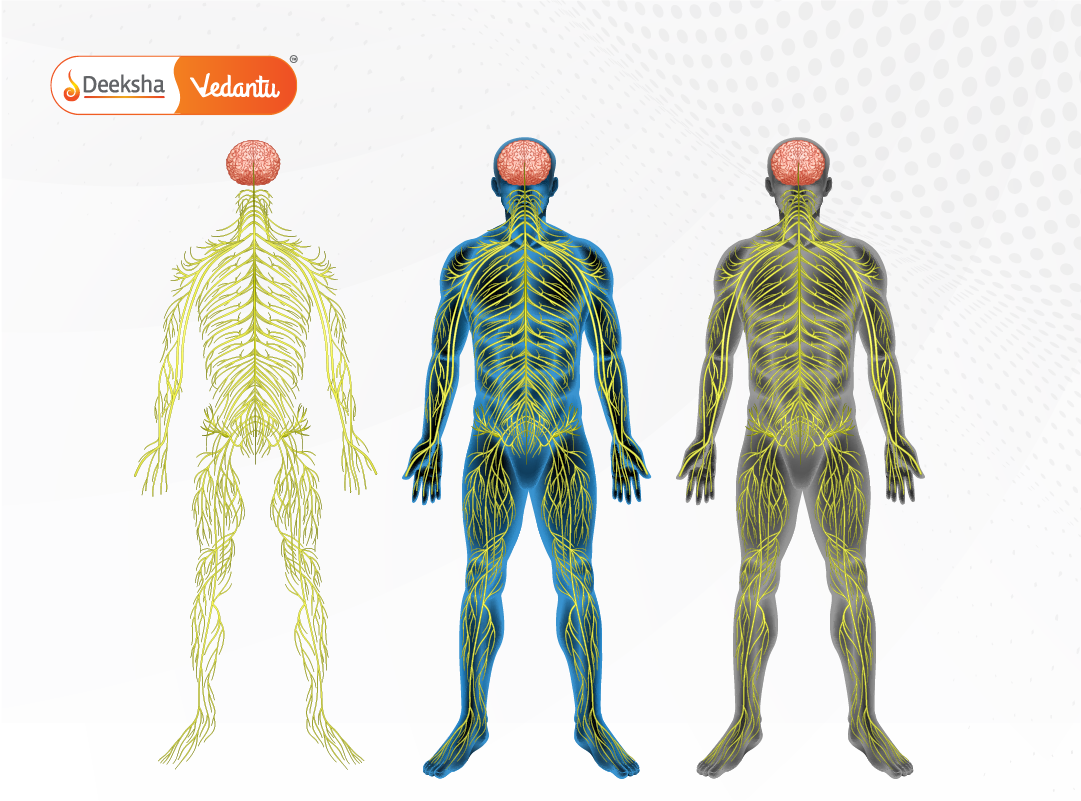
Real-World Relevance
Whether reacting to a hot surface or solving math problems, your nervous system is behind every response. Disorders like epilepsy, Parkinson’s disease, or anxiety showcase its importance.
FAQs About Human Body Systems
1. How many systems are there in the human body?
There are 11 main systems including circulatory, respiratory, digestive, nervous, muscular, skeletal, endocrine, reproductive, lymphatic, urinary, and integumentary systems.
2. What is the function of the circulatory system?
The circulatory system transports oxygen, nutrients, hormones, and waste products across the body. Learn more here.
3. Which two systems work together for oxygen delivery?
The circulatory and respiratory systems work in tandem to deliver oxygen to cells and remove carbon dioxide.
4. What is the difference between the digestive and respiratory systems?
The digestive system processes food for nutrients, while the respiratory system manages air intake and gas exchange. Full comparison here.
5. Why is the nervous system important?
The nervous system coordinates all body actions and enables communication between different systems.
6. What happens when one body system fails?
When one system fails, other systems are affected. For example, heart failure can impact the respiratory, nervous, and renal systems, showing how interconnected our bodies truly are.
Conclusion
The human body is a marvel of biological engineering, consisting of several complex systems working in harmony. Understanding these systems helps students grasp how life functions at a fundamental level. By studying each system in detail, we can better appreciate the body’s design and apply that knowledge to health, fitness, and disease prevention. Use this guide as a reference while studying and link each concept with real-life examples to make learning biology both fun and insightful.
Table of Contents






Get Social